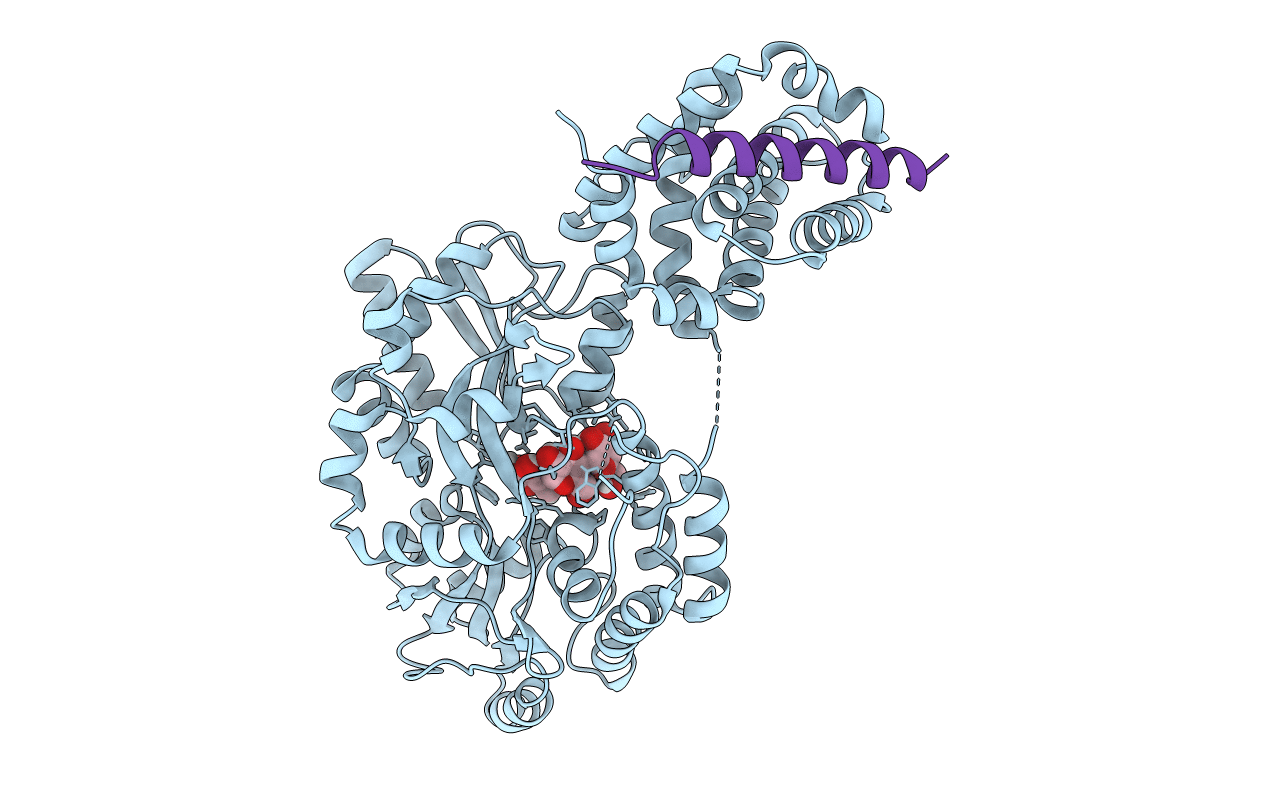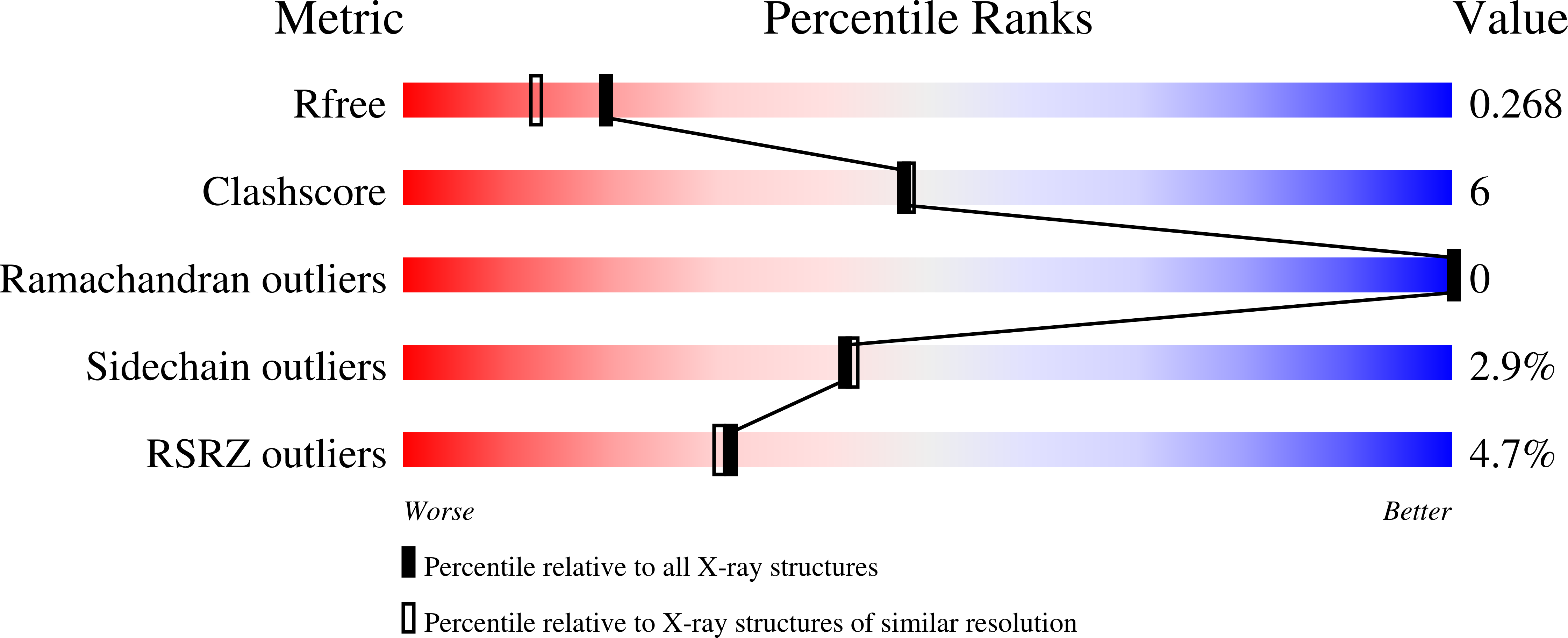
Deposition Date
2020-04-07
Release Date
2021-03-17
Last Version Date
2023-10-18
Entry Detail
Biological Source:
Source Organism:
Escherichia coli (Taxon ID: 562)
Hydra vulgaris (Taxon ID: 6087)
Hydra vulgaris (Taxon ID: 6087)
Host Organism:
Method Details:
Experimental Method:
Resolution:
1.99 Å
R-Value Free:
0.26
R-Value Work:
0.23
R-Value Observed:
0.23
Space Group:
P 1 21 1


